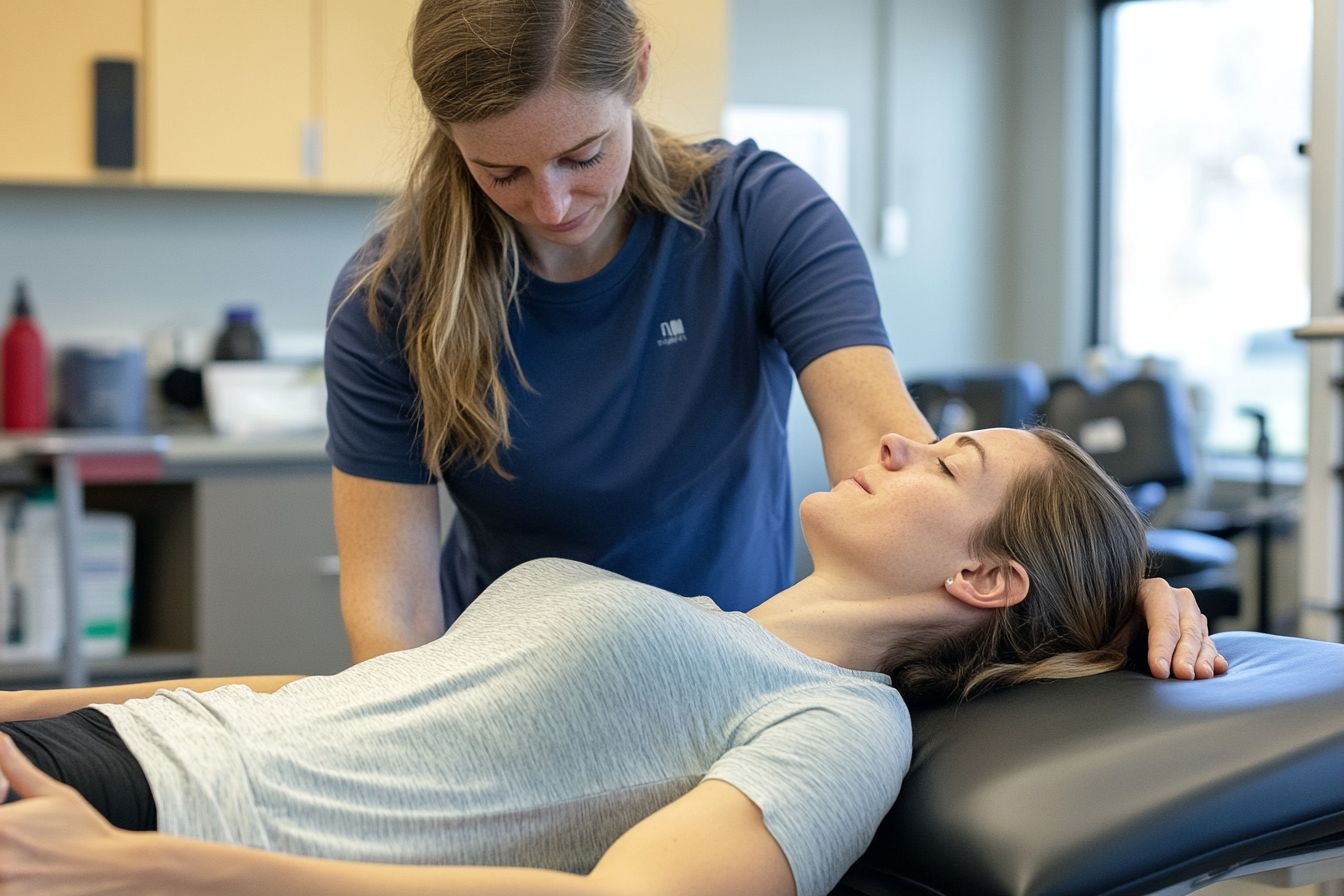Sonic Healing: The Therapeutic Power of Vibration Therapy
Can sound waves really heal your body? Imagine a world where pain relief, improved circulation, and enhanced cellular regeneration are achieved not through pills or invasive procedures, but through precisely calibrated vibrations. Welcome to the fascinating realm of vibration therapy, a cutting-edge wellness approach that's making waves in the health community.

The foundations of vibration therapy can be traced back to ancient healing practices that utilized sound for therapeutic purposes. However, it wasn’t until the mid-20th century that scientists began to explore the physiological effects of mechanical vibrations systematically. Pioneering research by Dr. Olav Skille in Norway during the 1980s laid the groundwork for modern vibroacoustic therapy, demonstrating its potential in pain management and stress reduction.
Mechanisms of Action
Vibration therapy works through several interconnected mechanisms. Firstly, it stimulates mechanoreceptors in the skin, muscles, and joints, which can help modulate pain perception and improve proprioception. Secondly, the rhythmic oscillations enhance blood flow and lymphatic drainage, potentially reducing inflammation and accelerating tissue repair.
At a cellular level, vibration therapy is believed to influence cell membrane permeability, intracellular signaling pathways, and even gene expression. Some studies suggest that certain frequencies can promote the production of growth factors and anti-inflammatory cytokines, contributing to tissue regeneration and immune modulation.
Applications in Modern Medicine
The versatility of vibration therapy has led to its application in various medical fields. In physical rehabilitation, it’s used to improve muscle strength, balance, and flexibility, particularly in patients with neurological disorders or limited mobility. Sports medicine practitioners employ vibration platforms to enhance athletic performance and recovery.
Pain management is another area where vibration therapy shows promise. From chronic back pain to fibromyalgia, studies indicate that targeted vibrations can provide significant relief without the side effects associated with pharmacological interventions. Moreover, emerging research suggests potential benefits in bone health, with some evidence pointing to increased bone mineral density in postmenopausal women following regular vibration therapy sessions.
Mental Health and Cognitive Function
Beyond its physical applications, vibration therapy is gaining attention for its potential impact on mental health and cognitive function. The soothing nature of certain vibrational frequencies has been shown to reduce stress, anxiety, and symptoms of depression. Some practitioners incorporate vibration therapy into mindfulness and meditation practices, reporting enhanced relaxation and mental clarity.
Intriguingly, preliminary studies indicate that specific vibrational patterns might influence brain wave activity, potentially improving focus, memory, and overall cognitive performance. While more research is needed, these findings open up exciting possibilities for non-invasive cognitive enhancement and mental health support.
Technological Advancements and Personalized Therapy
The field of vibration therapy is rapidly evolving, driven by technological innovations. Advanced vibration platforms now offer precise frequency control, allowing for targeted treatment of specific body areas or conditions. Wearable devices that deliver localized vibrations are gaining popularity, providing convenient, on-the-go therapy options.
Artificial intelligence and machine learning are being integrated into vibration therapy systems, enabling personalized treatment protocols based on individual health data and real-time physiological responses. This tailored approach promises to optimize therapeutic outcomes and expand the applications of vibration therapy across diverse health conditions.
Vibrational Wellness: Tips and Fascinating Facts
-
The human body is composed of approximately 70% water, making it an excellent conductor for vibrational therapies
-
Certain frequencies, such as 40 Hz, are being studied for their potential to influence brain activity and may have implications for Alzheimer’s disease treatment
-
Regular vibration therapy sessions may improve balance and reduce the risk of falls in older adults
-
Some professional athletes incorporate whole-body vibration training into their routines to enhance muscle activation and power output
-
Vibrational frequencies between 30-50 Hz have shown promising results in stimulating bone formation and improving bone density
-
Combining vibration therapy with traditional treatments may enhance outcomes in conditions like chronic pain and fibromyalgia
-
The field of cymatics, which studies visible sound wave patterns, is providing new insights into how vibrations interact with physical matter
As we continue to unravel the complexities of human physiology, vibration therapy stands out as a promising frontier in holistic health care. By harnessing the power of mechanical oscillations, we may be unlocking a new paradigm in healing—one that resonates with the body’s innate vibrational nature. While further research is needed to fully understand its potential and limitations, vibration therapy offers an exciting, non-invasive approach to enhancing physical and mental well-being. As technology advances and our understanding deepens, the harmonious integration of vibration therapy into mainstream healthcare could mark a significant evolution in how we approach healing and wellness.





